Author Jack Cashill recently wrote an article entitled “Why Your Sons Refuse to Read”. It is a must-read for every parent with a son who has not learned to read or who has not learned to read well enough to succeed at his grade/age level. I hope to help parents understand what must be done in order for their sons (and daughters) learn to read well, to enjoy reading, and to begin catching up with all of the concepts and vocabulary that they missed during the years of not reading.
Parents who are still waiting for schoolteachers to teach their sons to read, need to know that it will rarely happen. Such parents are doing a grave injustice to their sons. Teachers fail badly at the Teaching of Reading, which actually is their Number One Most Important Teaching Responsibility. The failures mount and worsen with each passing year and this has been true for over half of a century.
All focus should be on teaching sons (and daughters) to read. It does not take as much time as one would think and, as June Carter Cash would say, “Time’s a’wastin’.” Mothers in Colonial America taught their own children because being able to read and do basic math were prerequisites for a child to be enrolled in school. If Colonial parents were able to teach their children to read, today’s parents certainly are able to, as well. Consider asking parents and grandparents to help with reading instruction. They learned to read in a different era.
 Read Better!: For Adul...
Best Price: $14.99
Buy New $20.75
(as of 04:20 UTC - Details)
Read Better!: For Adul...
Best Price: $14.99
Buy New $20.75
(as of 04:20 UTC - Details)
PHONICS: In order to read a language such as English, which has an alphabet, one must learn the symbol system used to convert the sounds of the language into its written form. English is written in a Code referred to as “Phonics”. No one will learn to read English well until they thoroughly understand, and can use, the entire Code in which English is written. American teachers do a fairly good job of teaching children the Basic Code (A, B, C, D…) but a poor job of teaching the Advanced Code (eigh, ai, oi, ou, ough, ui,…). Teachers do not teach the Advance Code well because they, themselves, were never taught the Advanced Code in its entirety and to complete comprehension. Textbook writers did not learn the Advanced Code or they might design lessons to thoroughly teach it. Teacher college professors do not understand the Phonetic Code or they would be instructing future teachers in Phonics, how to use them, and their vital–VITAL!—importance for literacy development.
PROVIDE READING RICH ENVIRONMENTS: The children of parents who do not read are less likely to become readers. When parents do not value books; do not have at least some books in the home, do not visit the library regularly and frequently, their children will probably see little value in books, as well. Children need books from their earliest days. We hung a black & white mobile in David’s crib to let his eyes get used to seeing black against white. We began reading aloud to him soon after birth so that his brain could gain experience in hearing the rhythm ofs peech and thousands of newwords. And we read aloud!
READ ALOUD: Children have no idea about the wonders that can be in books if they never experience books and stories. By being read to, children learn that books and stories have a Beginning, a Middle, and an Ending. With each book read aloud to them, children build a wider vocabulary base which they can then use in their own reading.
I stress to every parent and teacher I meet: 1) A beginning reader should read aloud until he does not need to read aloud any longer! and 2) You should read aloud to your child until he leaves for college (if you can get away with it). There is a new book out titled, Reading at the Speed of Sight. Wrong, wrong. Reading actually moves at the “speed of sound‘”. English words are encoded (written; put into the Code) based on their sounds and the specific spellings)used to represent those sounds. i.e. Phonics Ask a deaf person which failed them most in their struggle to learn to read, their sight or their hearing.
Following the baby months, begin choosing books that are slightly above your child’s thought processing and word comprehension level. This allows your child to develop higher thinking skills and a broader vocabulary base. Stop often to ask questions or to give explanations which will help your child process the auditory information. Offer the same kind of strategy as they learn to read.
My very wise mother taught public school special education classes until she was 73 years old. Her guiding motto was “The children who are read to become the Readers; the children who are not read to become the nonreaders.” When I first heard that, I argued, “But Mom, Fred reads just fine but he was never read to as a child.” She responded, “Yes but does he ever choose a book as a means of entertainment? No. He can read well but he is not a Reader.”
Consider purchasing The Read-Aloud Handbook by Jim Trelease. It is full of great suggestions for all ages and grades. I read after meals as we sat around the table, just as my grandmother read to my dad and his brothers as they sat around the table with its kerosene lamp. My father came often to our home for dinner and to hear me read. I also read as we traveled, whether we were simply driving into town or driving to Colorado. I began by reading books like The Cricket in Times Square (George Selden) and Mrs. Frisby and the Rats of NIMH (Robert C. O’Brien). I read the entire series of Little House books by Laura Ingalls Wilder. (I read as we traveled across through many states to visit almost every home where Laura Ingalls Wilder lived.) I read Manic McGee (Jerry Spinelli)and Rules of the Road (Joan Bauer). I read Where the Red Fern Grows (Wilson Rawls). David was nearly grown when I was reading James Oliver Curwood’s Kazan, and Baree, Son of Kazan. I read to my students, many of whom were 18 and 19 years old. (Baree was their favorite.) I read aloud every morning during a time when students could choose where to go for “extra help”. Teens squeezed into my small classroom to hear me read. They sat on desks, perched on the backs of chairs, stood along the wall. Many of them were not even my students.
CHOOSING BOOKS: Many years ago, when I was teaching at the Colorado School for the Deaf & the Blind, I had a young student named Donald. He was not choosing to read nor were the other children. I decide to introduce them to all types of books and began putting books of one type at a time on a corner table: Genre-of-the-Week Area. I discussed the books with every class in hopes that students would spot a book which interested them. One week, I had covered the table with biographies and autobiographies. Donald watched me intently (as I used American Sign Language) then he had a question: “Story Real? True? Real people?” “Yes” I answered. He began checking out biographies and autobiographies on every library day. For school vacations, he would check out 4 or 5 such books to get him through the days off school. His parents were so pleased. After some months, the librarian mentioned that Donald had read every biography and autobiography TWICE. She felt sure that as soon as those books had served their purpose, he would move on to other types of reaing. She asked me, “How many times have you read the Laura Ingalls Wilder Little House books?” I felt sheepish as I answered, “about 10”. Donald did move on when he was ready. just as I had done.
Children should be introduced to reading-level book series and encouraged to read as many books in each set as possible. Offer bribes if you must! Two reasons: 1) By reading several books with similar characteristics and vocabulary, the new reader gets much practice towards developing reading skills from “word-word-word” recognition to “flowing sentences” comprehension, and 2) Children who are eager to read most, even all, of the books in a series will usually go on to become lifelong adult readers.
Here are some suggestions:
The Redwall series by Brian Jacques.(Mattimeo, Mariel of Redwall, …) There is even a Redwall Cookbook and online groups to join. I bought the books for my son as quickly as Jacques wrote and published them. Redwall is a fantasy series about wild animals that live in the walls of an old abbey. They lead interesting lives and fight exciting battles. No matter how much money I spent on the books, they have proven their value many times. I hope that David’s three sons will love them as much as David did. (Upper Elementary and Middle grades)
The Hardy Boys books by Franklin W. Dixon. In each of these many books, the teen boys are solving mysteries. The books work well at maintaining a boy’s interest while providing the practice needed to shift the brain on to more fluid reading skills. The books also teach problems solving. Hint: You can often find used copies of the old original books in antique shops. (Middle and High grades)
Little Britches series by Ralph Moody. There are eight books in the series and I have read them all. Twice!! The first time was as a child; the second time was just last year. These are great books based on true stories of Little Britches and his family farming and cattle ranching. Boys often read these while girls are reading the Little House books. I read them both series. (Middle & High grades.)
The Chronicles of Narnia series (The Lion, The Witch, and the Wardrobe, … ) by C. S. Lewis
Historical Adventure Series by G.A. Henty (He wrote 122 works of historical fiction with interesting characters, settings, and plots.)
Harry Potter series by J.K. Rowling
The Dark is Rising sequence by Susan Cooper
The Magic Bicycle series by John E. Bibee
A Wrinkle in Time series by Madeleine L’Engle
And on and on and on… A good librarian or knowledgeable bookseller can suggest appropriate series for your son’s age, interests, reading level, and maleness!
Parents can help sons become true readers but first the boys must be taught how to read well by being thoroughly taught both the Simple and the Advanced Code for English. Once an individual has learned the Code to automaticity, decoding text becomes almost automatic. In my book I refer to automatic decoding as having part of the brain serve as a Co-Pilot. This allows the rest of the brain to concentrate on Comprehension ( reading for meaning.)
Use an instruction book which carefully explains, and provides practice for, each aspect of the written Code for English. If the book also offers incremental reading practice stories, skills will increase at a faster rate.
If you need to hire someone to do this for you, find a person with training and a proven track record, using phonics for the teaching of reading. Your son (or daughter) cannot afford to waste any more time with failure-assured Fad Reading Methods. Visit Spalding Reading International to see if there is a Spalding trained teacher or tutor in your area. If there is not, ask if there is a training session which you could attend that will be taught in your area or in a place convenient to you. If there is not, learn all you can about using phonics for the teaching of reading. Invest is a self-help manual like my book, Read Better! For Adults and Teens, to learn the phonics and identify the steps in teaching reading.
If parents do not take Reading seriously, neither will their sons (and daughters). If parental attitudes and actions suggest that reading is a low priority, sons and daughters will probably think the same and lack the incentive to learn the phonics and the mechanics of reading.
It is so discouraging that teachers and administrators still do not understand, or refuse to accept, that in order for anyone To Want to Read, he or she must first be able To Read!
Our children should be taught how to read as soon as possible after they enter school. Yes, time’s a’wastin’. If parents do not take on the responsibility of teaching their children to read, they can pretty well expect that the job will not get done.
We pulled our son out of the public school in third grade and enrolled him in a local Christian school. David did not have reading problems so he was very shocked that so many of the boys in his class could not read. One day, we received a letter from that school board expressing their concern about falling enrollment. I responded to the letter and asked that my letter be read aloud at the next board meeting. The gist of my letter was this: “Why should parents choose to pay $3,500 a year for their child to NOT LEARN TO READ at Christian, when the child can NOT LEARN TO READ over at the public school for free?” The next year that Christian school discarded Whole Language and hired a Spalding trainer to provide a 2-week teacher training course in how to teach reading using phonics. Student gains, from that point on, were fantastic. The school stopped creating children in need of special education.
I will close with another quote from my mother: “The only children who learn to read in today’s schools learn in spite of the instruction.” I concur.
Learn more about reading at these websites:
My columns at LewRockwell.com,
Spalding Reading International
 Jim Treleaseu2019s Rea...
Best Price: $5.10
Buy New $9.19
(as of 10:56 UTC - Details)
Jim Treleaseu2019s Rea...
Best Price: $5.10
Buy New $9.19
(as of 10:56 UTC - Details)
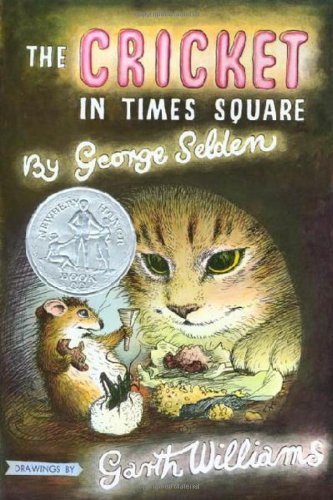 The Cricket in Times S...
Best Price: $0.10
Buy New $4.00
(as of 10:56 UTC - Details)
The Cricket in Times S...
Best Price: $0.10
Buy New $4.00
(as of 10:56 UTC - Details)
 The Little House (9 Vo...
Best Price: $20.63
Buy New $33.71
(as of 03:15 UTC - Details)
The Little House (9 Vo...
Best Price: $20.63
Buy New $33.71
(as of 03:15 UTC - Details)
 Where the Red Fern Grows
Buy New $15.95
(as of 10:56 UTC - Details)
Where the Red Fern Grows
Buy New $15.95
(as of 10:56 UTC - Details)
 Mrs. Frisby and the Ra...
Best Price: $0.25
Buy New $5.59
(as of 10:56 UTC - Details)
Mrs. Frisby and the Ra...
Best Price: $0.25
Buy New $5.59
(as of 10:56 UTC - Details)
 Maniac Magee
Best Price: $1.11
Buy New $3.77
(as of 08:10 UTC - Details)
Maniac Magee
Best Price: $1.11
Buy New $3.77
(as of 08:10 UTC - Details)
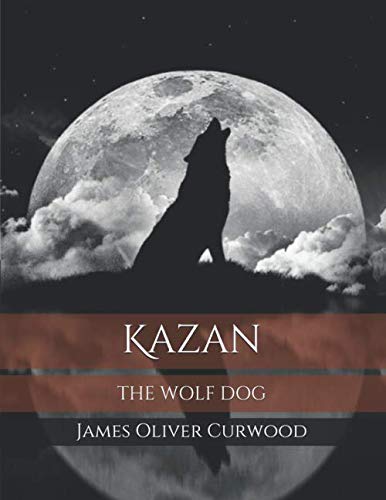 Kazan: THE WOLF DOG
Buy New $5.99
(as of 10:56 UTC - Details)
Kazan: THE WOLF DOG
Buy New $5.99
(as of 10:56 UTC - Details)
 Hardy Boys Starter Set...
Best Price: $7.82
Buy New $24.44
(as of 10:56 UTC - Details)
Hardy Boys Starter Set...
Best Price: $7.82
Buy New $24.44
(as of 10:56 UTC - Details)
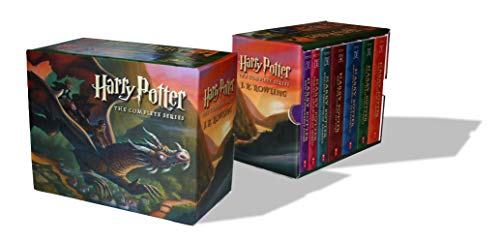 Harry Potter Paperback...
Best Price: $37.00
Buy New $49.00
(as of 10:56 UTC - Details)
Harry Potter Paperback...
Best Price: $37.00
Buy New $49.00
(as of 10:56 UTC - Details)
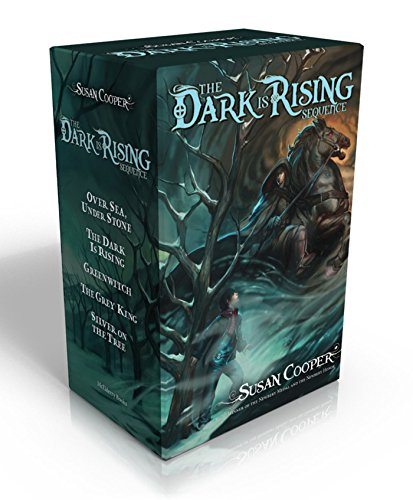 The Dark Is Rising Seq...
Best Price: $13.57
Buy New $22.03
(as of 10:56 UTC - Details)
The Dark Is Rising Seq...
Best Price: $13.57
Buy New $22.03
(as of 10:56 UTC - Details)
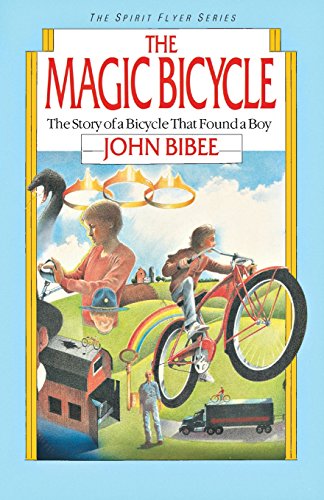 The Magic Bicycle (Spi...
Best Price: $15.91
Buy New $68.37
(as of 10:56 UTC - Details)
The Magic Bicycle (Spi...
Best Price: $15.91
Buy New $68.37
(as of 10:56 UTC - Details)
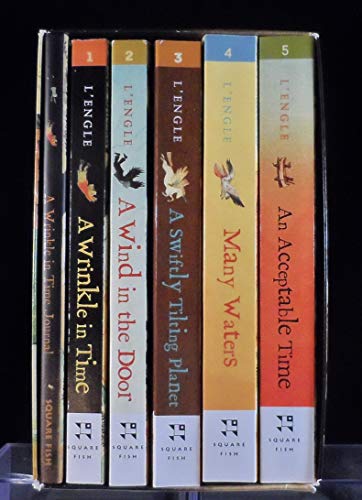 The Wrinkle in Time Bo...
Best Price: $12.49
Buy New $29.30
(as of 10:56 UTC - Details)
The Wrinkle in Time Bo...
Best Price: $12.49
Buy New $29.30
(as of 10:56 UTC - Details)
 Amazon.com Gift Card i...
Buy New $10.00
(as of 08:25 UTC - Details)
Amazon.com Gift Card i...
Buy New $10.00
(as of 08:25 UTC - Details)
 Amazon.com Gift Card i...
Buy New $25.00
(as of 06:10 UTC - Details)
Amazon.com Gift Card i...
Buy New $25.00
(as of 06:10 UTC - Details)
 Amazon.com Gift Card i...
Buy New $50.00
(as of 01:10 UTC - Details)
Amazon.com Gift Card i...
Buy New $50.00
(as of 01:10 UTC - Details)






